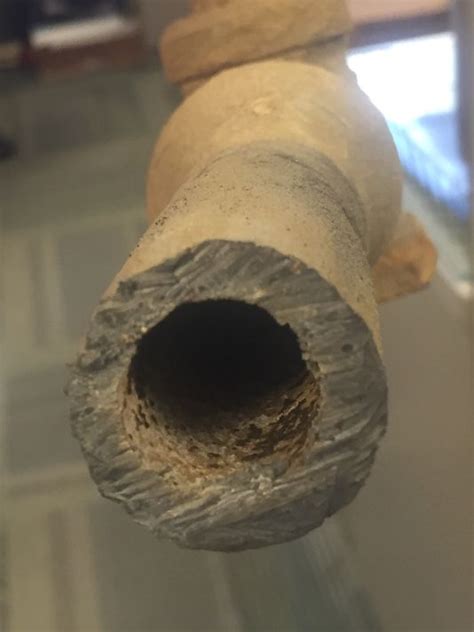The U.S. Environmental Protection Agency (USEPA) has announced its final rule to reduce lead in plumbing materials used in public water systems, homes, schools, and other facilities. The action marks a significant milestone in implementing the Federal Action Plan to Reduce Childhood Lead Exposures and Associated Health Impacts.
The USEPA says the Lead-Free final rule significantly limits the lead content allowed in plumbing materials such as pipes, fittings, and fixtures that are used in new construction, as well as the replacement of existing plumbing. Specifically, the new rule reduces the percentage of lead content allowed in these materials from 8% to 0.25% in accordance with the Reduction of Lead in Drinking Water Act. The final rule also requires manufacturers or importers to certify that their products meet the requirements using a consistent verification process. As a result, States, manufacturers, inspectors, and consumers will have a common understanding of what “Lead Free” plumbing means.
The USEPA also announced the final Lead and Copper Rule (LCR) is being reviewed by the Office of Management and Budget. This will be the first major update to the LCR in nearly three decades. In October 2019, USEPA proposed an approach to the LCR that includes testing, treatment, replacing lead service lines, and public information about the levels and risks of lead in drinking water. The USEPA says the improvements would further reduce lead in drinking water and help assure that water is less corrosive to older, lead containing plumbing materials.
The Lead-Free final rule will become effective 30 days after publication in the Federal Register. The certification requirement must be implemented within three years. Click here to access more information about the final “Use of Lead-Free Pipes, Fittings, Fixtures, Solder, and Flux for Drinking Water” rule.

